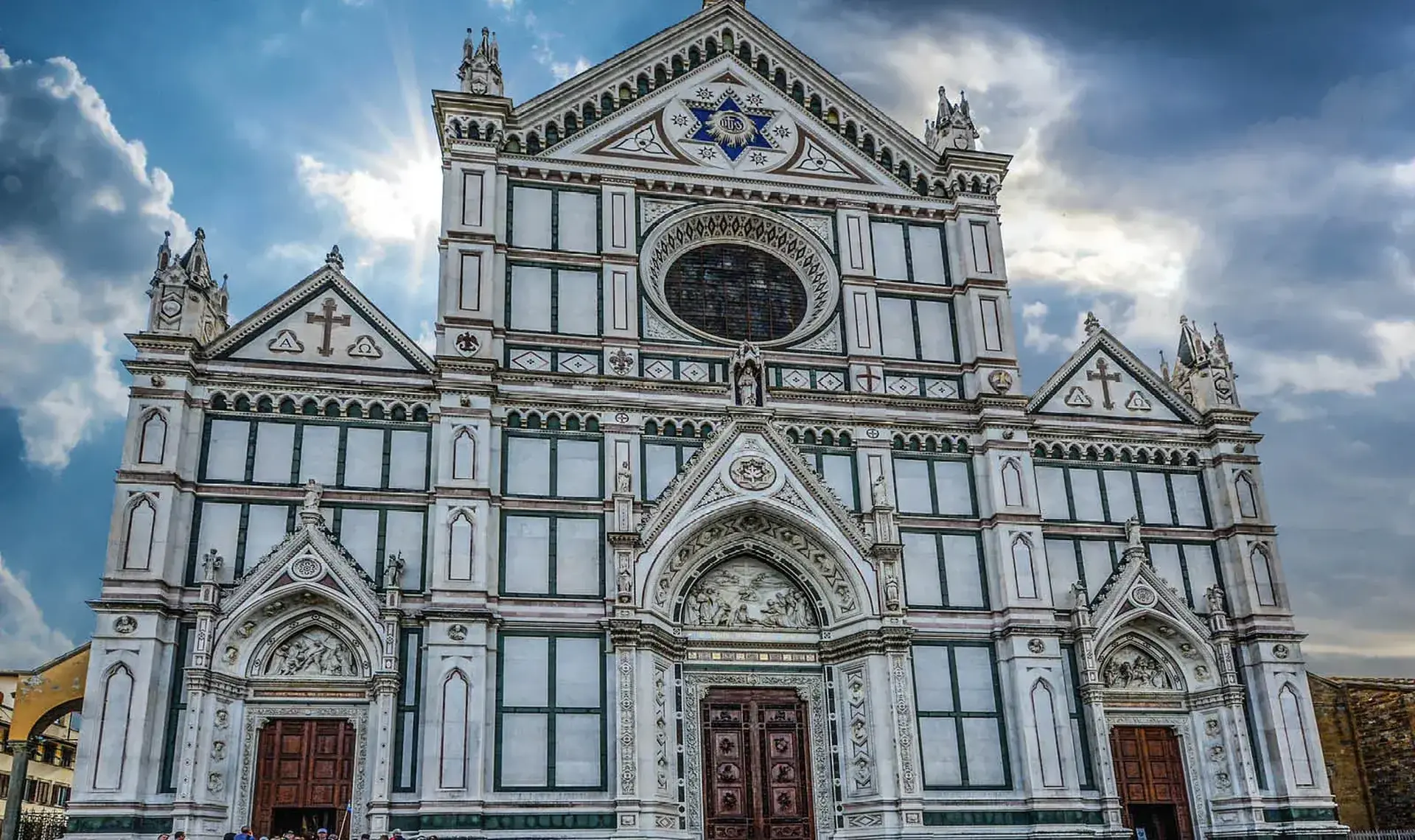
Immersing yourself in a place's identity, language and history is one of the most gratifying parts of traveling. Cultural holidays allow you to fully experience and discover the culture of a place and its people and leave with a new perspective.
Tuscany is a historically and culturally rich region with a strong identity. This article guides you on organizing your tour to get the authentic rhythm and feel of Tuscany as you explore the region's past and enjoy the present.
1. TAKE A ROAD TRIP AND VISIT THE SMALLER TOWNS AND VILLAGES

A road trip is the best way to explore Tuscany, especially if you plan to visit the smaller towns. While the major cities such as Florence and Pisa are fun and exciting, the many hillside towns and countryside villages offer a charming and new way to experience the Tuscan culture. Although Tuscany is not the only Italian region with small villages, it has the highest concentration of historic towns, many of which are UNESCO World Heritage Sites.
2. PLAN AROUND LOCAL FESTIVALS
People in Tuscany express pride in their heritage, customs, and culture through festivals. Most major events in Tuscany are rooted in centuries-old traditions and provide an authentic and thrilling opportunity to immerse oneself in the region's culture.
Tuscany typically has events and festival celebrations, ranging from New Year's Eve through Easter to smaller regional festivals. Some of the main festivals and best events you can plan your trip around include:
IL PALIO

The palio is a historic horse race in the Piazza del Campo every July and August, with the different contrade (neighborhoods) competing. Entrance to the square to view the race is free, but you must get there early for a prime viewing spot. You can purchase tickets for terraces and balconies that overlook the piazza to watch the race from a more comfortable vantage point.
GIOSTRA DEL SARACINO

Another ancient tradition that Tuscans celebrate is the Joust of the Saracen, which is held bi-annually: on the first Sunday in September and the third Saturday in June. The entire city arrives in medieval costumes to recreate the feel of the medieval Arezzo as the different quarters compete in ancient games to win the golden lance.
THE PALIO DELLA BALESTRA
In the Palio Della Balestra, costumed crossbowmen from Gubbio and Sansepolcro compete to win the cloth. This is done against a background of ladies and knights attending the race in themed clothes. The event is held bi-annually in May and September. Sansepolcro crossbowmen travel to Gubbio for the contest on the last Sunday of May, while Gubbio crossbowmen travel to Sansepolcro for a rematch on the second Sunday of September.
LUCCA SUMMER FESTIVALS
The Lucca Summer festival, held annually in July at the Piazza Grande in Lucca, is undoubtedly Italy's most important music festival. Several world-renowned musicians, including David Bowie and Bob Dylan, have performed at the festival since its inception. You get to explore the city by day and unwind with music at night.
EASTER FESTIVITIES
Easter in Italy is typically a special celebration that lasts for five days, starting on the Thursday before Easter Sunday and ending on Easter Monday. You can watch the religious processions through the main streets, where the participants are donned in historical costumes on Good Friday.
Florence celebrates Easter Sunday with the Scoppio del Carro (explosion of the cart), which dates to the middle ages. Easter Monday is a national holiday that Italians spend with their families. You can hold a picnic and enjoy traditional seasonal foods such as fava beans, olives, and pecorino cheese.
PALIO DI SAN RANIERI
The Palio di San Ranieri is a historic rowing race held on June 17 in Pisa to celebrate the Patron saint San Ranieri. There’s a historical procession before the race on the sides of the Arno river, where the race is held.
3. SPEND SOME TIME IN A VINEYARD

Wine represents an essential part of the Tuscan tradition, and you would be doing yourself a disservice if you left without fully exploring it. Cultural practices, nature, history, and landscape can all be represented in one glass of wine.
You can explore wines that are well-known globally and local specialties that may not be less popular across the Tuscan region. In the vineyards surrounding Montalcino, you will find the Brunello di Montalcino, the Montepulciano, and Val d'Orcia wines. Then there is the Chianti and Chianti Classico from the Chianti region and the sweet Aleatico from Maremma. Tasting the wines of Tuscany is about more than just drinking it and attending wine festivals; it is a unique insight and sensory journey into the culture of Tuscany.
4. A TASTE OF TUSCANY
Food is inextricably linked to people's cultural identity and is one of the most authentic ways to explore the Tuscan culture. Several unique foods are popular in different regions of Tuscany that you can have fun trying. You can hunt for white truffles near San Miniato, visit the Chianti wineries, and tour the olive oil farms of the Etruscan coast, all while eating good food and making new friends.
5. THE ART OF TUSCANY

No cultural holiday in Tuscany is complete without touring the many magnificent art pieces in the area. For centuries, the ingenuity of the Tuscan painters, architects, and sculptors has been unparalleled, and the beauty of Medieval and Renaissance art is celebrated. The Tuscan region alone boasts around 453 galleries and museums. As you travel, you can even get a souvenir in Florence from the antique fair that is held every third Sunday and Saturday of the month.
The Piazza Santa Croce is the burial place of many famous Italians, such as Michelangelo, Machiavelli, Galileo and Luigi Cherubini. You can visit the Piazza del Duomo and the great cathedrals, which are repositories of some of the most incredible paintings.







